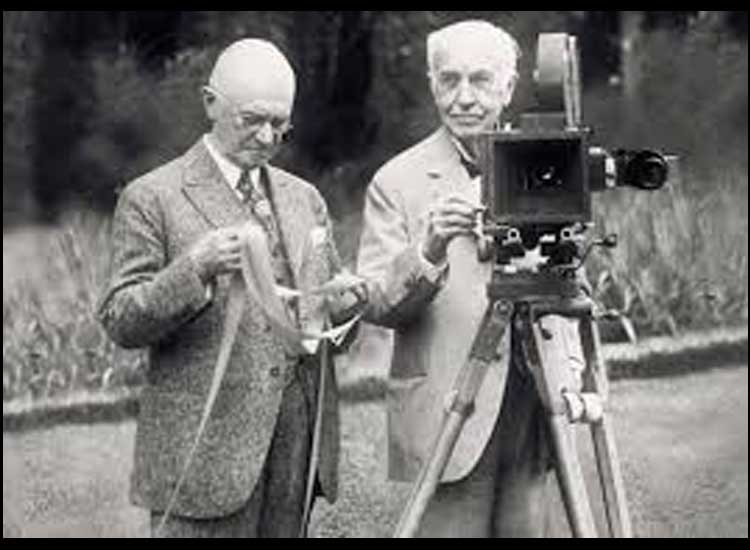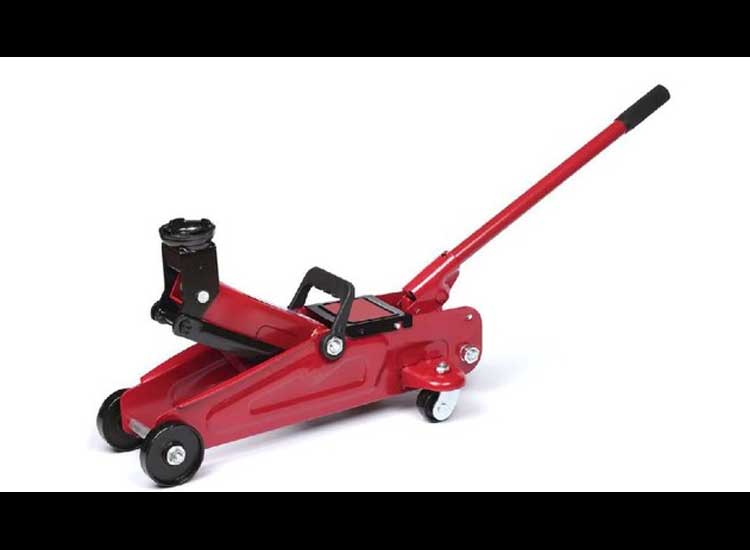Who Invented the Film Camera? – The film camera is one of the greatest innovations in the world of photography and cinematography. This discovery not only revolutionized the way humans capture moments, but also paved the way for the development of the film and entertainment industry. However, who actually invented the film camera?
The development of the film camera cannot be attributed to one person alone, but is the result of collaboration and innovation from several individuals who contributed to this field. One of the main figures in the invention of the film camera was Thomas Edison. In 1888, Edison and his assistant, William Kennedy Laurie Dickson, developed the Kinetoscope, a device that allowed the display of moving images. The Kinetoscope uses a strip of celluloid film that moves rapidly through a projector to create the illusion of moving images.
However, before Edison and Dickson, George Eastman also played an important role in the history of film cameras. In 1888, Eastman marketed the first Kodak camera to use roll film, replacing the glass plates used in earlier cameras. This invention simplified the photography process and made it more affordable for the general public. This roll film became the basis for the development of film cameras in the future.
On the other hand, the Lumière brothers from France, Auguste and Louis Lumière, also made major contributions to the history of film cameras. In 1895, they developed the Cinématographe, a device that could not only record moving images but also project them. The Cinématographe is considered one of the first complete film cameras, combining the functions of a camera, printer, and projector in one device.
Meanwhile, in England, Eadweard Muybridge conducted important experiments in capturing moving images. In 1878, Muybridge used a series of cameras to capture the movement of a horse in a gallop. Muybridge’s work became an important basis for the development of film cameras in the future.
So, the invention of the film camera was the result of the collective work of several innovators working in the same period. Thomas Edison, William Kennedy Laurie Dickson, George Eastman, the Lumière brothers, and Eadweard Muybridge all contributed to the development of technology that ultimately resulted in the film camera as we know it today. Without their contributions, the film and photography industry might not have developed as rapidly as it has today.





